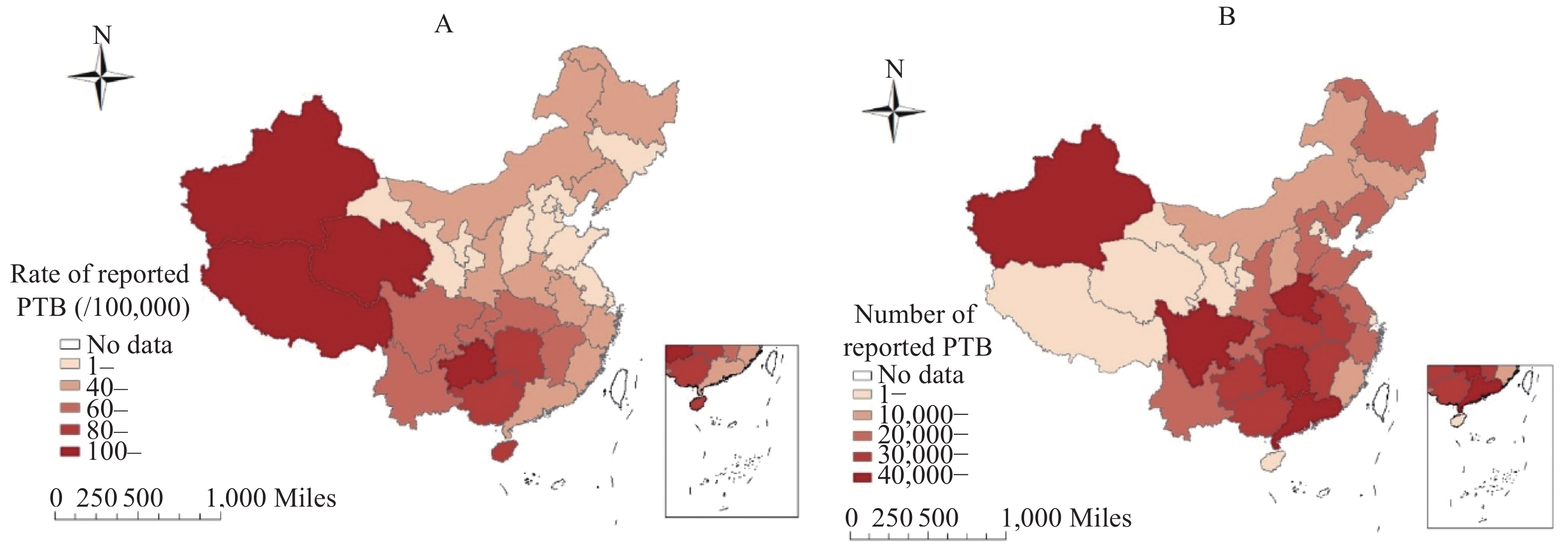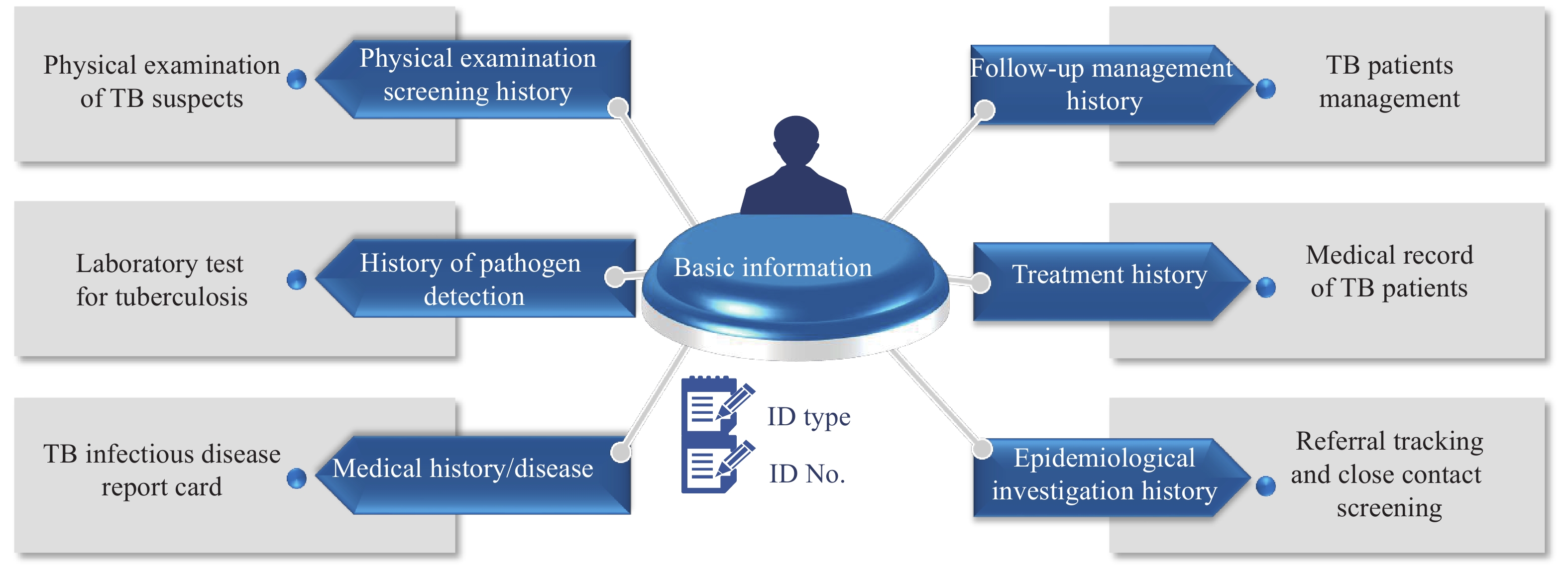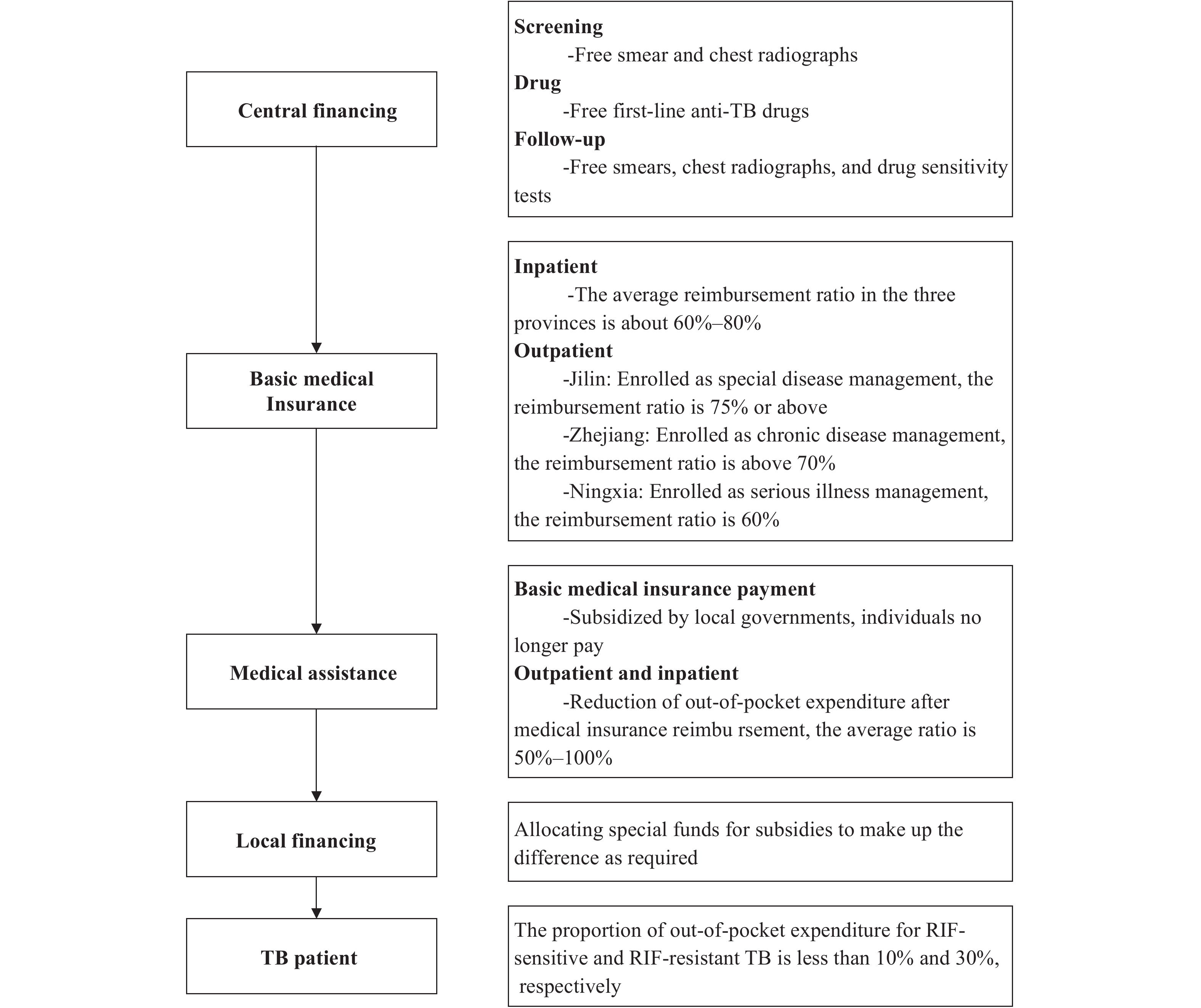2020 Vol. 2, No. 12
What is already known about this topic?
Tuberculosis (TB) notification data and the underreporting rate are major sources used in estimating TB incidence. China’s TB Information Management System (TBIMS) was launched in 2005 but has not yet been evaluated for sensitivity.
What is added by this report?
The average underreporting rate of pulmonary TB to TBIMS in selected facilities was 8.23%. However, provincial TB or infectious disease-specific health facilities, or general health facilities had higher underreporting rates. Children, migrants, and drug resistant TB patients had higher chances to be underreported than other populations.
What are the implications for public health practice?
Underreporting surveys should be routinely implemented in the future. This will be vital for enhancing TB reporting and the transfer mechanisms in TB or infectious disease-specific hospitals, or general hospitals and improving the case information registration procedures in designated health facilities (DHFs).
What is already known about this topic?
China’s national health information system provides important support and means for deepening the country’s medical and health reform, for improving relevant delivery services, for enhancing the level of scientific management of health, and for promoting the goal of basic medical and health services for everyone in China.
What is added by this report?
To further the construction of the national health information system, the National Center for Tuberculosis Control and Prevention of China CDC, started a pilot project for a new tuberculosis (TB) integrated health (iHealth) surveillance system, which was integrated with regional health information platforms. The goal was to explore automatic data exchange between hospitals and disease control facilities to reduce the workload of data-entry.
What are the implications for public health practice?
This pilot proved that data sharing and automatic exchanges between different information systems can be achieved through a unified surveillance dataset, which could provide a reference point for the construction of surveillance systems for other infectious diseases or for the entire public health information system.



 Subscribe for E-mail Alerts
Subscribe for E-mail Alerts CCDC Weekly RSS Feed
CCDC Weekly RSS Feed


